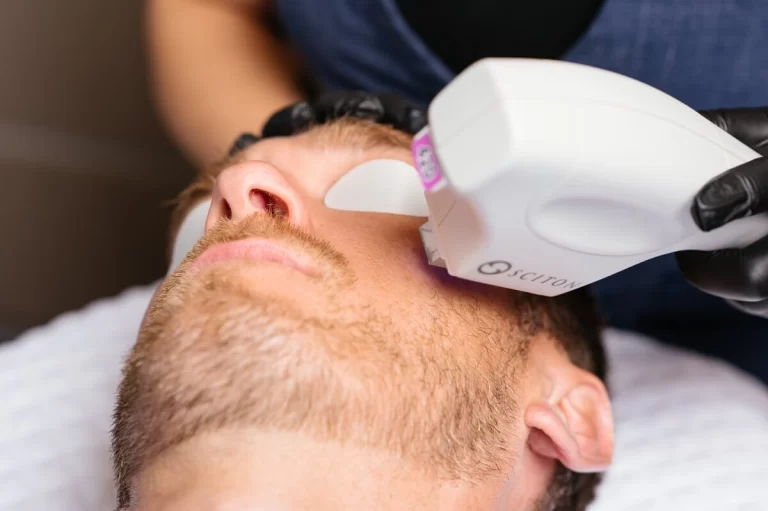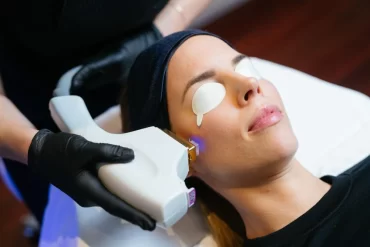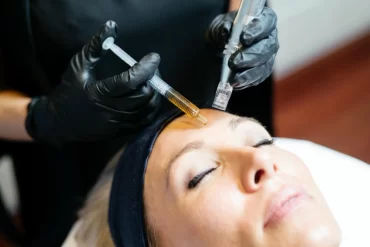Veins and Vessels

Telangiectasia is a condition where tiny veins cause red patterns on the skin, commonly occurring on the nose, cheeks and chest, though can appear anywhere on the body.
It is the result of damaged fibers that can no longer support underlying vessels, causing vessel dilation. The dilated vessel coils toward the surface of the skin, thereby becoming visible.
These tiny blood vessels result in red clusters on the skin, and are often referred to as spider veins because of their fine and web-like appearance.
Other abnormalities in blood vessels include cherry angiomas (tiny red dots on the skin). The majority of cases of telangiectasia are benign, however a full doctors consultation is essential as they can also be a sign of underlying illness.
Telangiectasia can often be uncomfortable and many find them unattractive and unsightly. In the case of spider veins, these may be due to underlying venous incompetence (such as varicose veins) and can be painful and associated with other symptoms.
Spider veins, telangiectasia and dilated capillaries often develop gradually with age but may be exacerbated by underlying health issues such as obesity, hormones and sun damage.
Symptoms include
- Pain (related to pressure on the blood vessels)
- Itch
- Red thread like patterns on the skin
- Blotchy red areas on the skin
- Isolated red dots on the skin (cherry angiomas)
FAQs
What causes telangiectasia?
The exact cause of telangiectasias is unknown, however there are several known causative factors. These causes may be genetic or environmental.
The most common cause of dilated and damaged capillaries is chronic sun exposure and photoageing.
Other causative factors include:
- Chronic sun exposure
- Extreme cold
- Pregnancy
- Weight gain
- Ageing
- Rosacea
- Injury
- High blood pressure
- Genetics
- Excess alcohol consumption
- Medications eg corticosteroids
- Autoimmune diseases eg scleroderma, SLE, dermatomyositis
Those at risk of developing spider veins and dilated capillaries are those who do not use daily SPF, work outdoors, sit or stand for long periods of time. They also can include those who are pregnant or use hormonal medication, misuse alcohol, have a history of Rosacea, use corticosteroids or are of advancing age (as telangiectasia is more likely to develop as the skin ages).
What treatments are available?
The treatments available are aimed at improving the appearance of the skin and treating the underlying cause.
Removal of damaged blood vessels is done by causing damage to the vessel and forcing the blood vessel to collapse. As a result of this collapse, there is no further blood flow and subsequently a reduction in the appearance of red marks or patterns on the skin.
For vessels of the face a combination of treatments may be required and often referral to a specialised laser may be needed. Vascular lasers such as those with a 1064nm wavelength work in a similar way to BBL, however are more targeted to haemoglobin and are more effective for larger and deeper vessels.
For vessels of the lower body often further investigation is required and a referral for imaging and specialist opinion may be sought. Sclerotherapy can be performed on superficial spider veins of the legs (rather than diffuse redness) and this works to damage the vessel by injecting it with a detergent solution which results in the collapse of the vessel.
Investigation to ensure there are no deeper damaged veins or varicose veins is needed prior to sclerotherapy as often these spider veins are a symptom of a deeper problem.
For severe cases radiofrequency, surgery and vessel embolisation may be required.
What are our recommended treatments?
At Youth Lab we primarily treat superficial vascular concerns of the face such as dilated telangiectasia and cherry angioma. Our team will refer to preferred specialists when further input is needed.
As with many of the treatment recommendations at Youth Lab, a combination of treatments may be required for optimal results.
Please note that the below is a reference point and full treatment recommendations will be made following a consultation.
BBL Corrective
Broadband light directs pulse light energy which is converted to heat and absorbed by haemoglobin (colour red). This is part of the fine broken blood vessels which appear as telangiectasia, cherry angiomas, redness and flushing. The light then damages the target and eliminates it from the skin. BBL is an excellent treatment for redness, flushing and vascular lesions such as spider veins and visible blood vessels (fine).
Lesion removal
Superficial vessels and angiomas may be removed using our ablative laser.
Mesotherapy
The infusion of certain mesotherapy solutions into the skin can disrupt the blood vessel walls leading to collapse and an improved appearance.



